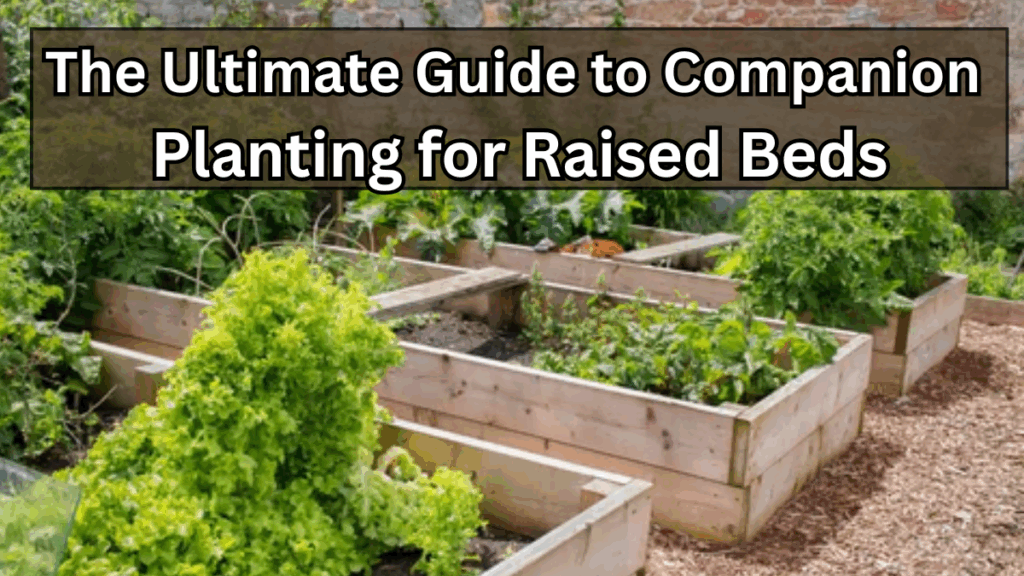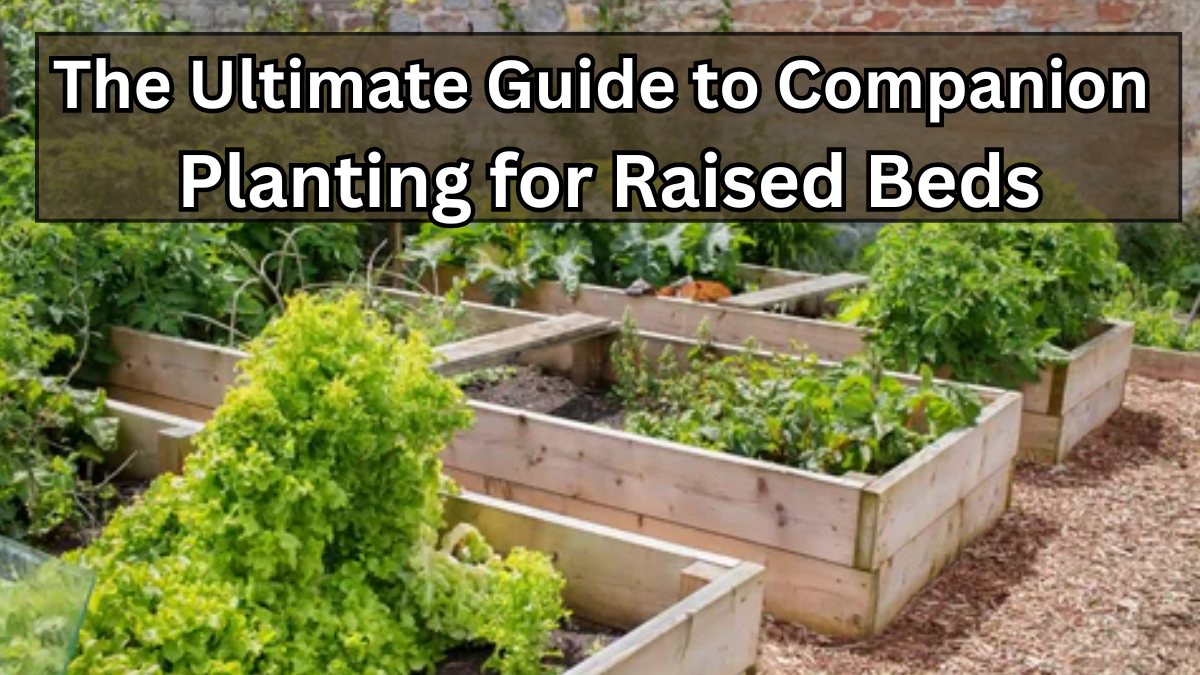Companion planting is a gardening technique that involves growing plants together that mutually benefit each other. When applied to companion planting raised beds, it can improve yields, reduce pests, and maximize space efficiently. If you’re working with raised garden beds, understanding the basics of companion planting can transform your garden into a thriving, productive space.

What is Companion Planting?
At its core, companion planting is all about relationships. Certain plants naturally help each other grow, repel pests, or enhance flavors. For raised garden beds, companion planting helps:
-
Optimize limited space
-
Reduce the need for chemical fertilizers
-
Minimize pest problems
-
Promote healthier plant growth
Benefits of Companion Planting in Raised Beds
Using companion planting in your raised garden beds brings several advantages:
-
Improved Growth: Some plants release nutrients into the soil or improve soil structure
-
Pest Control: Certain combinations can repel insects naturally
-
Higher Yield: Efficient spacing ensures every plant gets what it needs
-
Biodiversity: Growing diverse crops reduces the risk of disease spreading
Popular Companion Planting Combinations
Here’s a quick reference table for some effective pairings:
| Main Crop | Best Companion Plants | Benefits |
|---|---|---|
| Tomatoes | Basil, Carrots, Marigold | Improves flavor, repels pests |
| Carrots | Onions, Leeks, Lettuce | Keeps pests away, improves growth |
| Beans | Corn, Cucumber, Radish | Fixes nitrogen in soil |
| Cabbage | Dill, Sage, Onions | Repels cabbage worms and aphids |
| Peppers | Spinach, Carrots, Basil | Enhances flavor, pest deterrent |
Layout Tips for Companion Planting Raised Beds
Proper garden planning and layout can make or break your raised bed garden. Consider these tips:
-
Group by Height: Place taller plants like corn or tomatoes at the back or center
-
Plan for Spacing: Avoid overcrowding; roots and foliage need room to thrive
-
Mix Plant Families: Rotate crops to prevent soil depletion and disease buildup
-
Succession Planting: Plan for continuous harvests by staggering planting dates
Example Layout for a 4×4 Raised Bed:
| Bed Section | Planting Recommendation |
|---|---|
| Section 1 | Tomatoes + Basil |
| Section 2 | Carrots + Onions |
| Section 3 | Beans + Corn |
| Section 4 | Lettuce + Radish |
Companion Planting Tips for Success
-
Start Small: Test combinations in one bed before expanding
-
Observe Growth: Track which combinations thrive and which don’t
-
Consider Sunlight: Place plants with similar light needs together
-
Use Flowers: Marigolds, nasturtiums, and sunflowers can attract beneficial insects
FAQs
Q1: Can I use companion planting in any raised bed size?
Yes! Whether your raised garden beds are small or large, companion planting works. Just adjust spacing and choose plants that suit your bed size.
Q2: How do I plan a companion planting layout?
Start by grouping plants based on height, sunlight needs, and growth rate. Use a layout chart or sketch to visualize your garden. Garden planning ensures better yields and less competition.
Q3: Which plants should never be planted together?
Avoid planting tomatoes with potatoes, or beans with onions, as these combinations can stunt growth or attract pests.
Q4: Can companion planting reduce the need for pesticides?
Absolutely! Certain plants naturally repel insects, reducing the need for chemicals and promoting organic growth in your raised garden beds.
Click here to learn more
